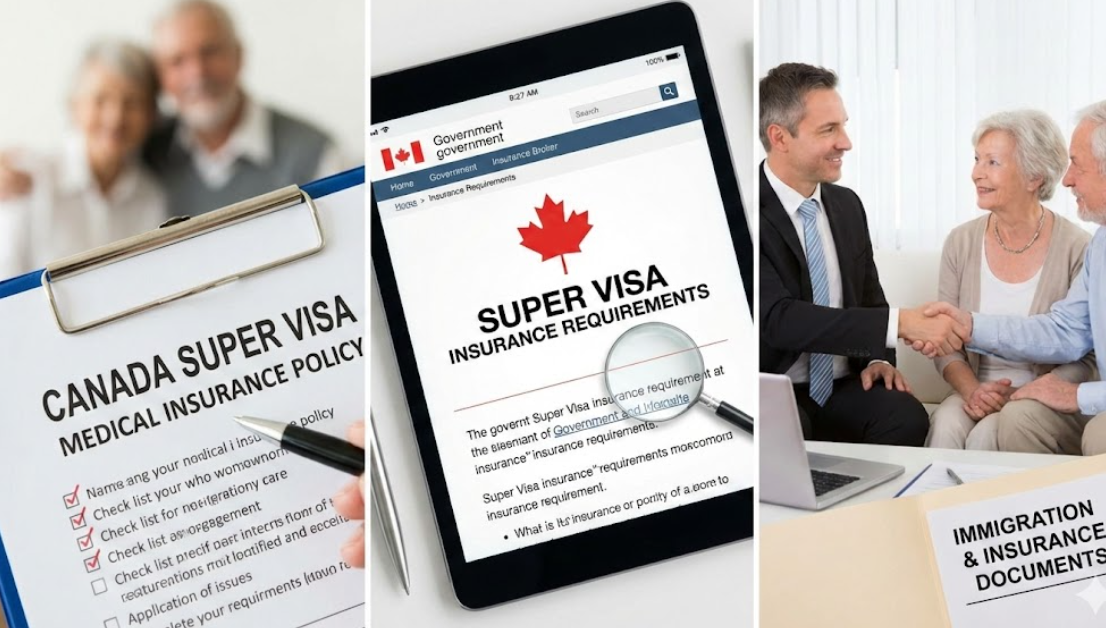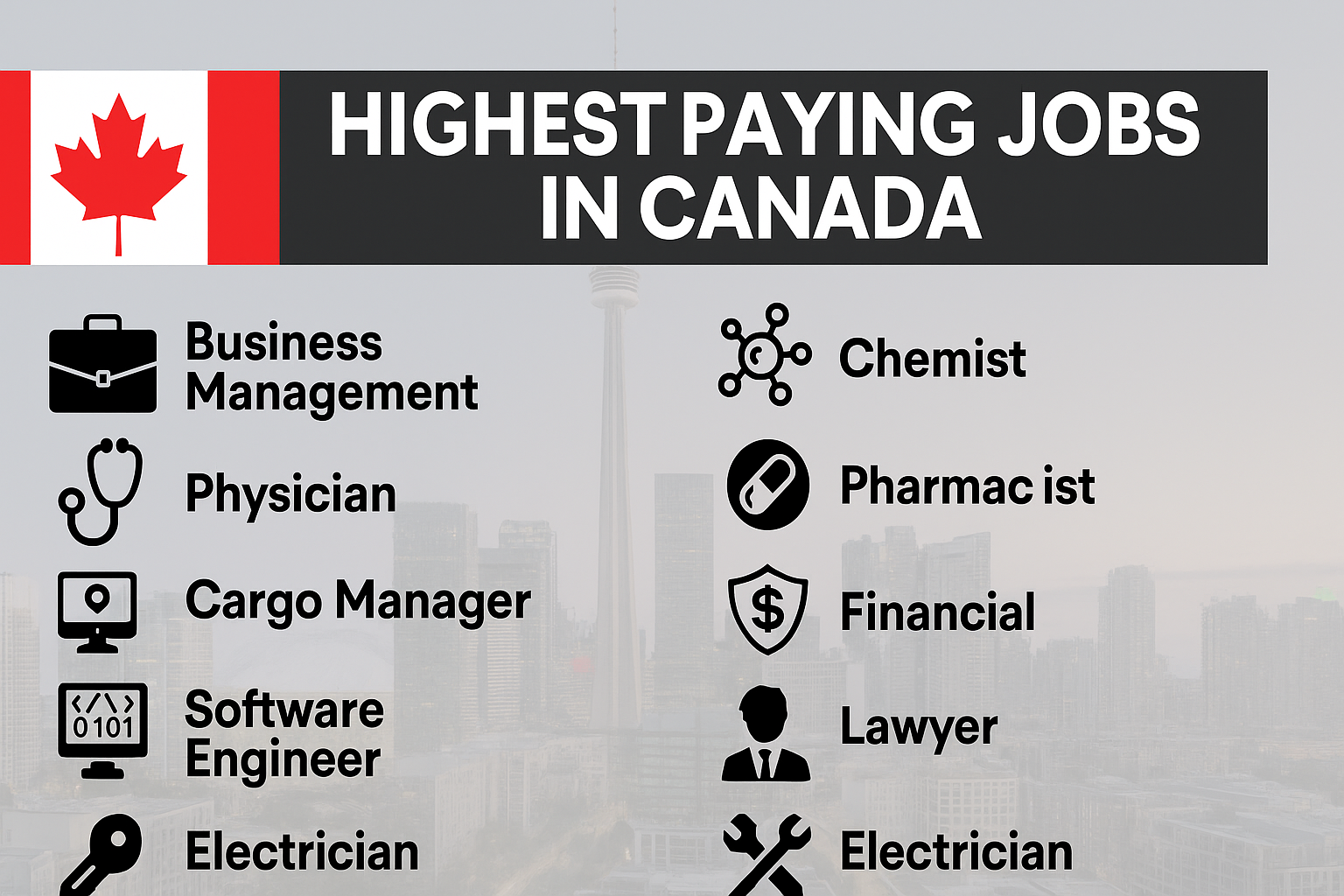Understanding Canadian immigration terminology is essential for anyone planning to study, work, visit, or settle in Canada. One of the most commonly searched questions online is “what is a landed immigrant Canada”, especially among individuals reviewing older documents, reading historical immigration forms, or seeking clarity regarding Canada’s permanent residency system. Although the phrase “landed immigrant”… Continue reading what is landed immigrant canada
Author: ahmed tawhid
Super Visa Insurance: How to Stay Compliant and Protected
When applying for a Super Visa, one of the key components to meet your obligations and responsibilities is insurance coverage. For many prospective applicants, figuring out exactly what constitutes acceptable coverage can be confusing. In this in-depth guide, we as Task Immigration aim to walk you through everything you need to know about super visa… Continue reading Super Visa Insurance: How to Stay Compliant and Protected
Avoid Expiry Stress! Canada Work Permit Extension Made Simple
When you’re working in Canada and your work permit is about to expire, one of the most critical steps you can take to continue your career journey is to apply for a work visa extension in Canada. Many foreign workers, international graduates, and professionals find themselves asking how to stay legally employed in the country… Continue reading Avoid Expiry Stress! Canada Work Permit Extension Made Simple
How I Turned My Dream of Living in Canada into Reality
Immigrating to Canada was one of the most life-changing decisions I’ve ever made. It wasn’t a simple process, and it definitely didn’t happen overnight — but looking back, it was worth every challenge, every document, and every anxious moment waiting for updates. In this long and practical guide, I’ll walk you through how I immigrated… Continue reading How I Turned My Dream of Living in Canada into Reality
How Many Months to Immigrate to Canada? Here’s What You Need to Know
Immigrating to Canada is a dream shared by millions of people around the world. Whether you’re looking for better job opportunities, a safer environment, or a place to raise your family, Canada is one of the top destinations for immigrants. However, one of the most frequently asked questions is “how long does it take to… Continue reading How Many Months to Immigrate to Canada? Here’s What You Need to Know
What Are the Legal Risks of Buying a House as an Illegal Immigrant?
For many newcomers and undocumented residents, owning a home in Canada represents stability, security, and hope for a better future. But the question remains — can an illegal immigrant buy a house in Canada? At Task Immigration, we understand that thousands of immigrants contribute to the Canadian economy every day, even without permanent legal status.… Continue reading What Are the Legal Risks of Buying a House as an Illegal Immigrant?
How to Apply for a Work Visa Extension: Step-by-Step Process
Securing a work visa extension is a critical step for foreign nationals who wish to continue working legally in a country beyond their current visa’s expiration date. At Task Immigration, we specialize in helping clients navigate the complex procedures, documentation requirements, and timelines associated with visa extensions. This comprehensive guide explores every aspect of a… Continue reading How to Apply for a Work Visa Extension: Step-by-Step Process
What to Do If Your Work Permit Has Expired – Step-by-Step Guide (2025)
What to Do If Your Work Permit Has Expired – Step-by-Step Guide (2025) If your expired work permit is causing you stress or confusion, you’re not alone. Thousands of workers in Canada face the same challenge every year, wondering how to stay legally employed, extend their permits, or restore their status. Whether you’re a temporary… Continue reading What to Do If Your Work Permit Has Expired – Step-by-Step Guide (2025)
How to Get Italian Citizenship from Canada – Requirements & Process Explained
How to Get Italian Citizenship from Canada – Requirements & Process Explained If you’re living in Canada and have Italian roots — or simply dream of reconnecting with your Italian heritage — obtaining Italian citizenship can open the door to a world of opportunities. From living and working freely across the European Union to enjoying… Continue reading How to Get Italian Citizenship from Canada – Requirements & Process Explained
Top High-Income Careers in Canada You Can Start in 2025
Top High-Income Careers in Canada You Can Start in 2025 Canada is one of the world’s most prosperous and inclusive countries, attracting thousands of skilled professionals every year. People move here not only for a better lifestyle but also for lucrative job opportunities. Whether you’re a student planning your future or an immigrant seeking a… Continue reading Top High-Income Careers in Canada You Can Start in 2025









